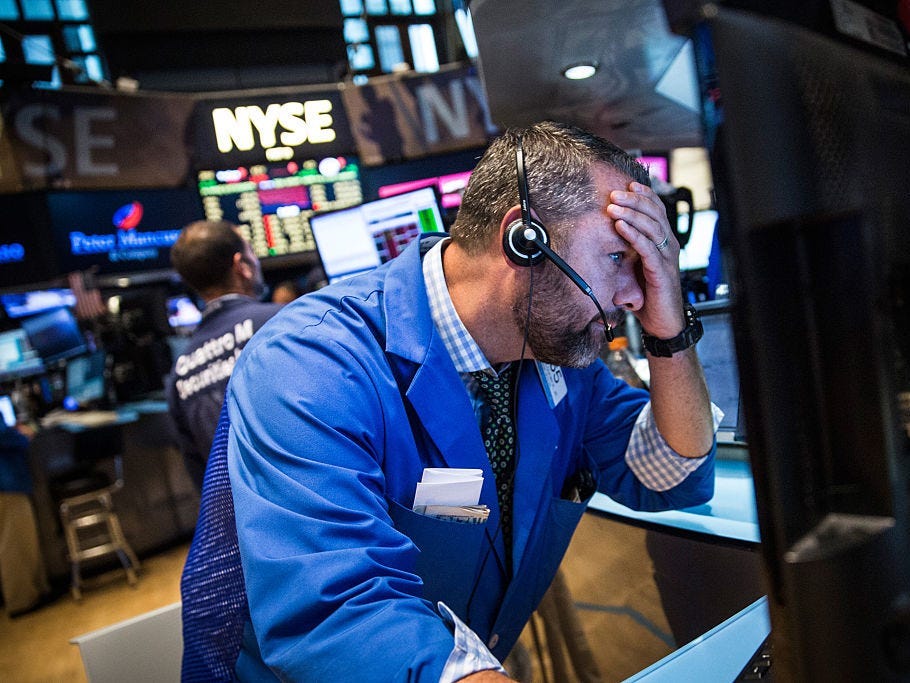- Structured, or buffered, ETFs were introduced in mid-2018 and are growing more popular.
- The index-tracking strategies use options to limit investors’ downside in negative markets.
- Johan Grahn, Allianz’s head of ETF strategy, told Insider why they’re an appealing trade-off.
One day maybe bonds will get back to fulfilling their old role of delivering large amounts of steady, low-risk income and stabilizing portfolios in tough times. Until then, investors will have to get creative.
Since the middle of 2018, billions of dollars have flowed into a group of exchange-traded funds known as defined outcome, structured, or buffered ETFs. Investors who buy them are making a very calculated trade, giving up a shot at potential gains to limit possible losses. The tighter the downside caps, the less upside investors are able to get.
Here’s how it works: if the target for the ETF is a 10% loss and its benchmark — often the S&P 500 index — falls by up to 10%, investors won’t lose anything. If the market falls by 12% they’ll only lose 2%, and a 20% loss would be capped at 10%. On the other hand, in a positive market buffered ETFs can make money, but those gains are also capped.
“You can get equity exposure with downside risk mitigation,” Johan Grahn, Head of ETF Strategy at Allianz Investment Management, one of the larger players in the space, told Insider.
The largest funds in the space are run by Innovator ETFs, which started the trend in mid-2018, and by First Trust. The funds are built with 12-month options contracts, so the operators generally launch a new one every month.
Grahn says about $11 billion has been invested in buffered ETFs collectively, across dozens of ETFs offered by numerous providers. It helps that not much else has been working in the equity or fixed-income fields.
"If you share my view that equities are a little bit shaky and that fixed income markets are going to have a hard time still with rate increases and cash is being shown up by inflation, then you're back in that space," he told Insider. "What do you do?"
First Trust's buffered ETF from last June is down about 4%, and its more diversified "laddered portfolio," which holds a year's worth of buffered ETFs, is down about 6%. According to Morningstar, investors have put almost $740 million into that ETF.
But both the target-date and the broader approach stack up well compared to the S&P 500 index, as the benchmark is down more than 13% in 2022.
"It's basically a put spread and a short call. So you sell a call and you buy a put spread, so selling the call is funding the put spread," Grahn said, explaining the design of the buffered funds. "You sell the call, you get a premium, and you can use that premium to buy the put spread."
That allows the firms to set specific downside targets. The prices of the options and the amount of trading, meanwhile, translate into higher fees than those associated with other types of mutual funds or ETFs.
Grahn, whose firm has about $400 million in its buffered ETFs, says he thinks they're going to maintain their appeal because more choppiness lies ahead.
"If you ask people if they think that the market is going to fall another 20% from here, I would argue that most would say 'probably not,' but it's possible," he said. "If the market turned around, that is pretty attractive to a lot of investors."
To Grahn, the state of the economy and the challenges facing markets haven't changed recently, and the Federal Reserve doesn't have very effective inflation-fighting tools.
"I don't believe in this bear market rally much," he said. "If the Fed is going to have a chance to really cut inflation by hammering economic activity, they're not going to pause on rate hikes."
